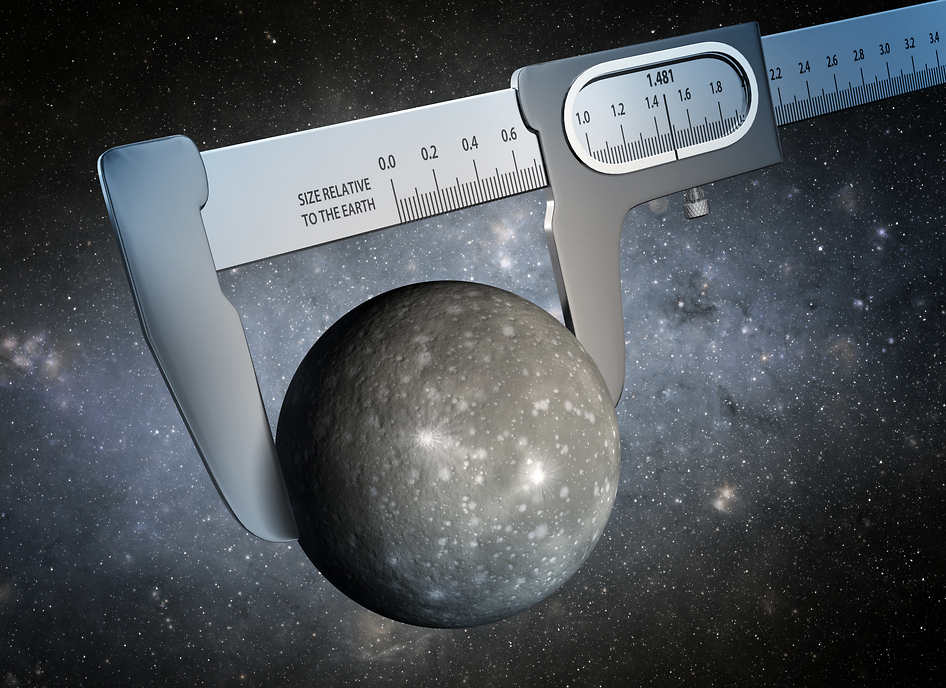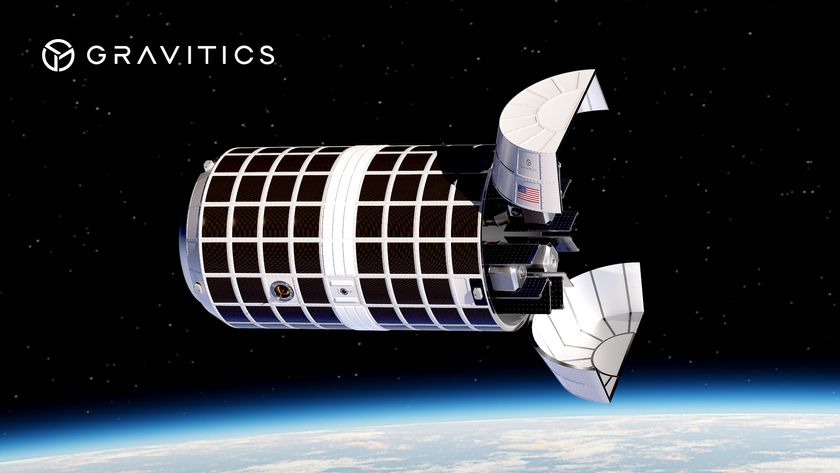Alien Planet's Size Measured Like Never Before

Astronomers have made the best-ever measurement to date of the radius of an alien world.
Using observations by NASA's Kepler and Spitzer space telescopes, researchers determined that the exoplanet Kepler-93b is 1.48 times the size of Earth, confirming its status as a super-Earth — a world slightly larger than our own — and allowing scientists to conclude that the planet is very likely composed of iron and rock.
"With Kepler and Spitzer, we've captured the most precise measurement to date of an alien planet's size, which is critical for understanding these far-off worlds," lead author Sarah Ballard, of the University of Washington in Seattle, said in a statement. "The measurement is so precise that it's literally like being able to measure the height of a six-foot-tall person to within three-quarters of an inch — if that person were standing on Jupiter." [The Strangest Alien Planets]
Kepler-93b, which lies about 300 light-years away, orbits a star that's about 90 percent as wide and massive as the sun. The rocky planet circles its host at only one-sixth the distance Mercury orbits the sun, resulting in a likely surface temperature of around 1,400 degrees Fahrenheit (760 degrees Celsius).
Ballard and her team used a new observing technique developed for Spitzer, combined with frequent observations from Kepler, to confirm that Kepler-93b is indeed a planet rather than a false positive.
The two telescopes noted how much the star dimmed as the planet crossed its face. In the visible-light wavelengths observed by Kepler and the infrared wavelengths captured by Spitzer, the signal remained the same.
In addition, Kepler studied the stellar dimming caused by seismic waves within the star, making it one of the lowest-mass targets of astroseismic study. These measurements allowed for a more precise computation of the star's radius, which in turn led to a more refined solution for the planet's width, researchers said.
Get the Space.com Newsletter
Breaking space news, the latest updates on rocket launches, skywatching events and more!
The combined data reveal that Kepler-93b boasts a diameter of approximately 11,700 miles (18,800 kilometers), with an error of only about 150 miles (240 km) — the approximate distance from Washington, D.C., to Philadelphia.
Combined with Kepler-93b's previously computed mass of approximately 3.8 times that of Earth, the refined radius allowed scientists to calcuate that the planet's density is nearly twice that of Earth. This implies that iron and rock dominate the composition of Kepler-93b, researchers said.
The planet's temperature and proximity to its star make it unlikely that Kepler-93b could hold on to gases at its surface. However, based on its physical measurements, Ballard and her team found a 3 percent chance that it could contain an extended atmosphere.
"Ballard and her team have made a major scientific advance while demonstrating the power of Spitzer's new approach to exoplanet observations," said Michael Werner, Spitzer's project scientist.

Spitzer may not be able to keep making such measurements for much longer. In May, a NASA senior review panel recommended ending the mission, which launched in 2003, unless additional funding can be found.
The research was published in the Astrophysical Journal.
Follow us @Spacedotcom, Facebook or Google+. Originally published on Space.com.
Join our Space Forums to keep talking space on the latest missions, night sky and more! And if you have a news tip, correction or comment, let us know at: community@space.com.

Nola Taylor Tillman is a contributing writer for Space.com. She loves all things space and astronomy-related, and enjoys the opportunity to learn more. She has a Bachelor’s degree in English and Astrophysics from Agnes Scott college and served as an intern at Sky & Telescope magazine. In her free time, she homeschools her four children. Follow her on Twitter at @NolaTRedd









